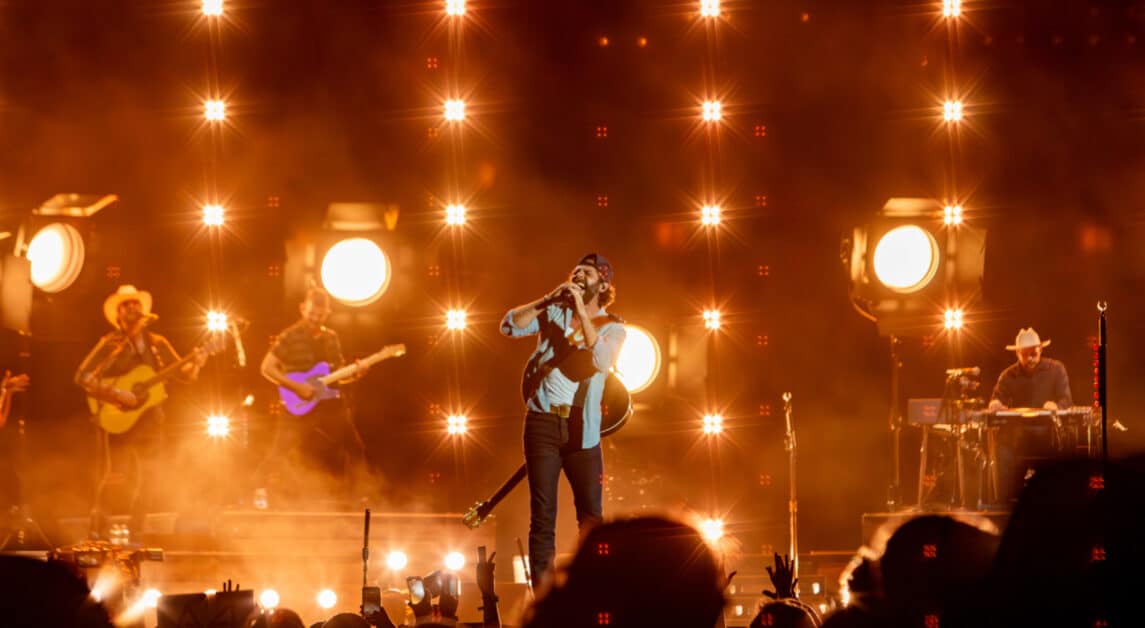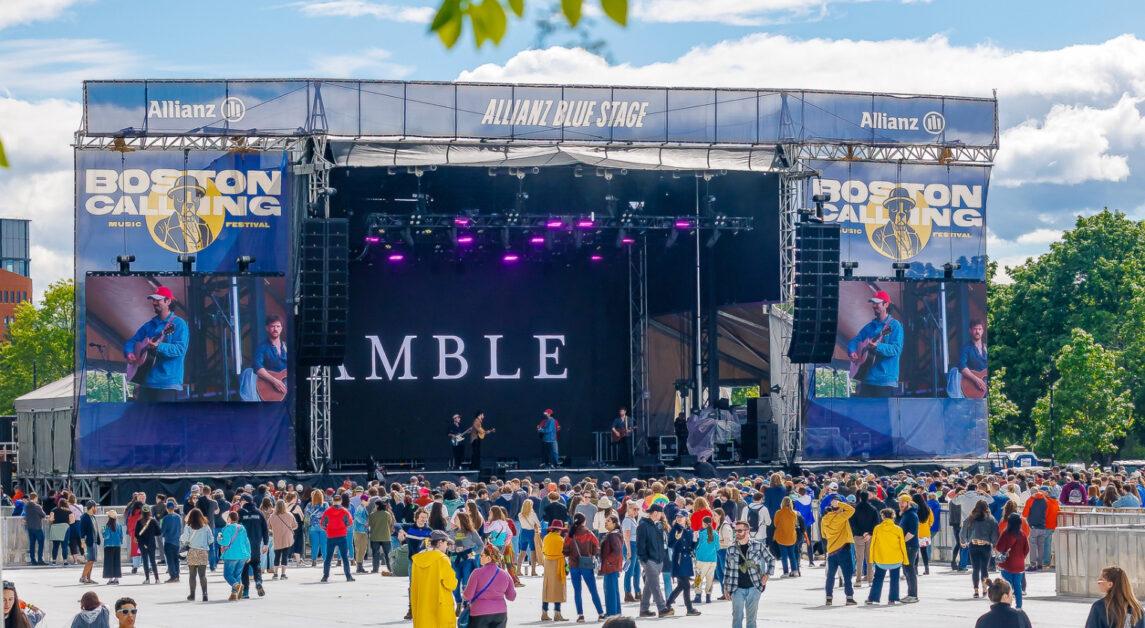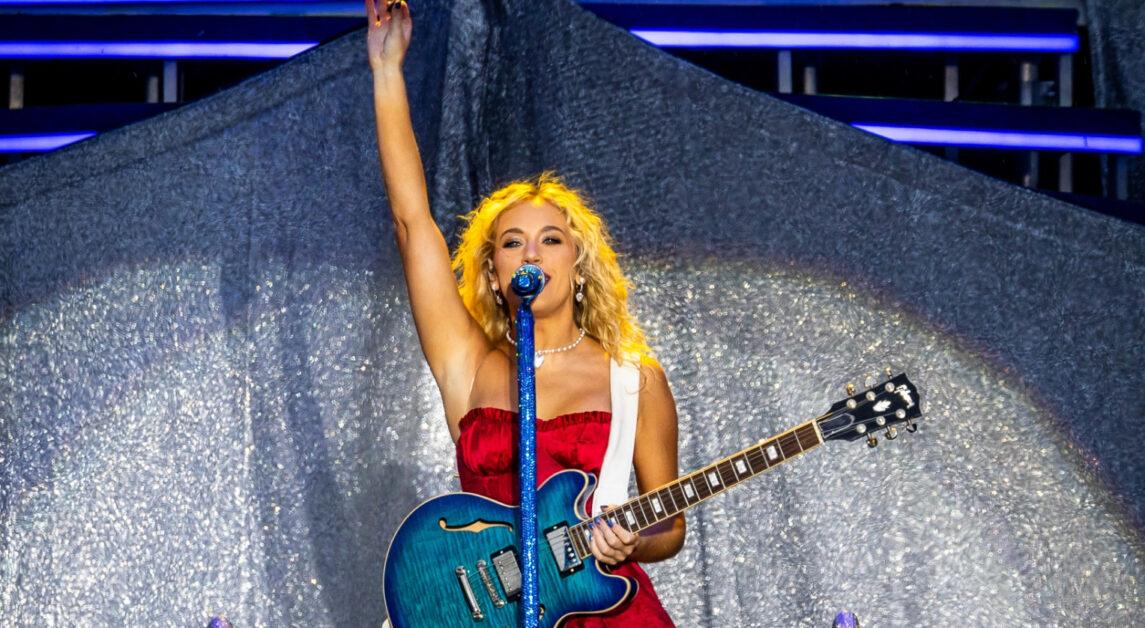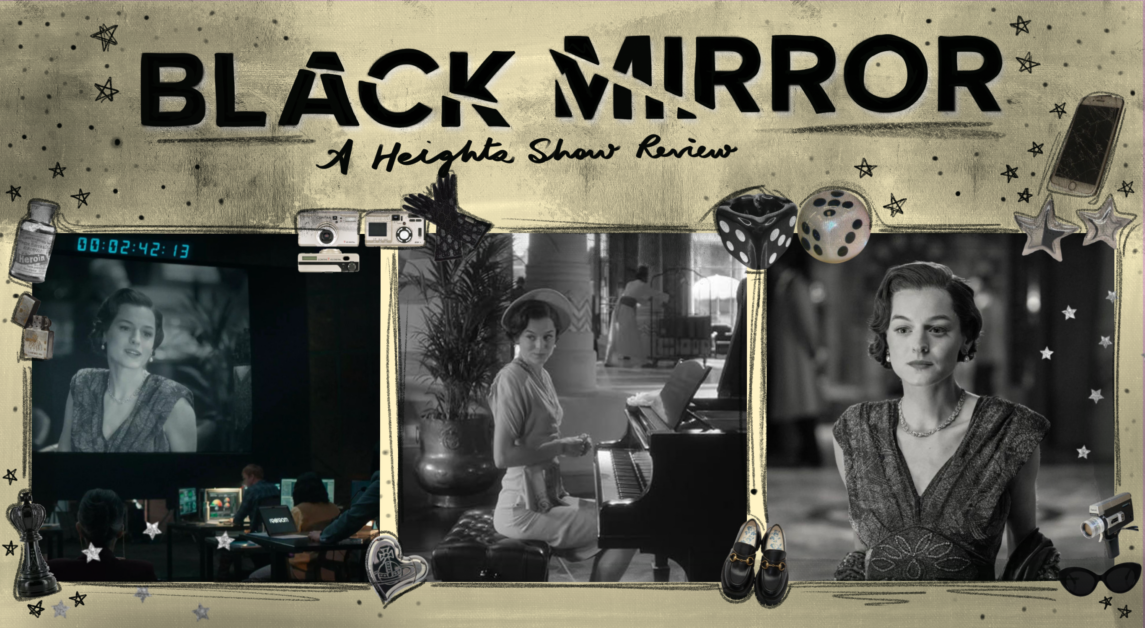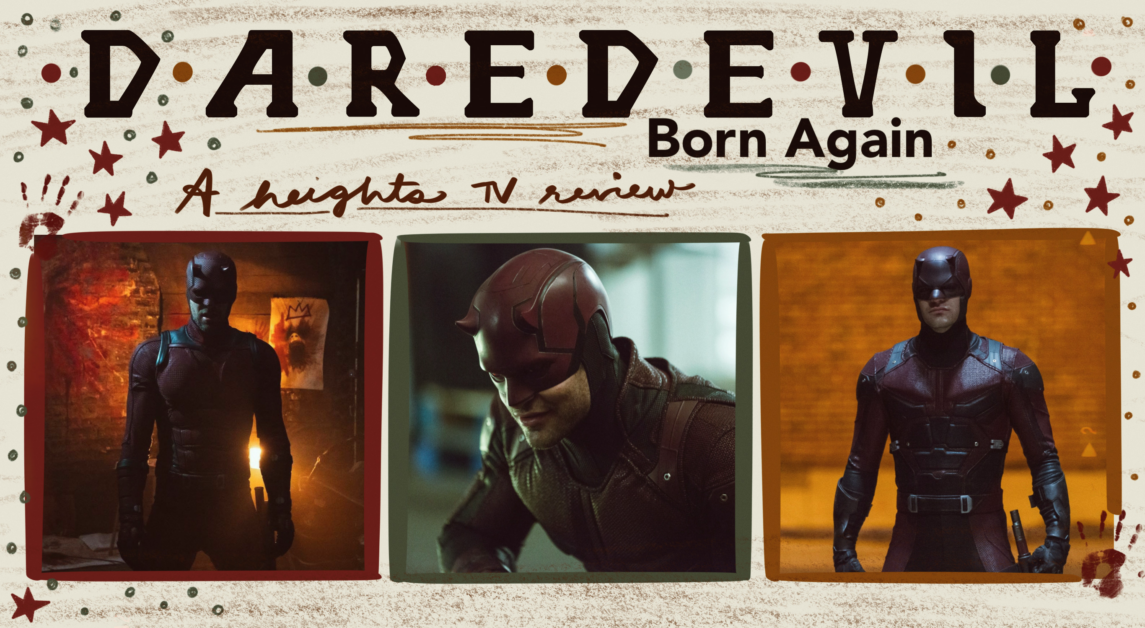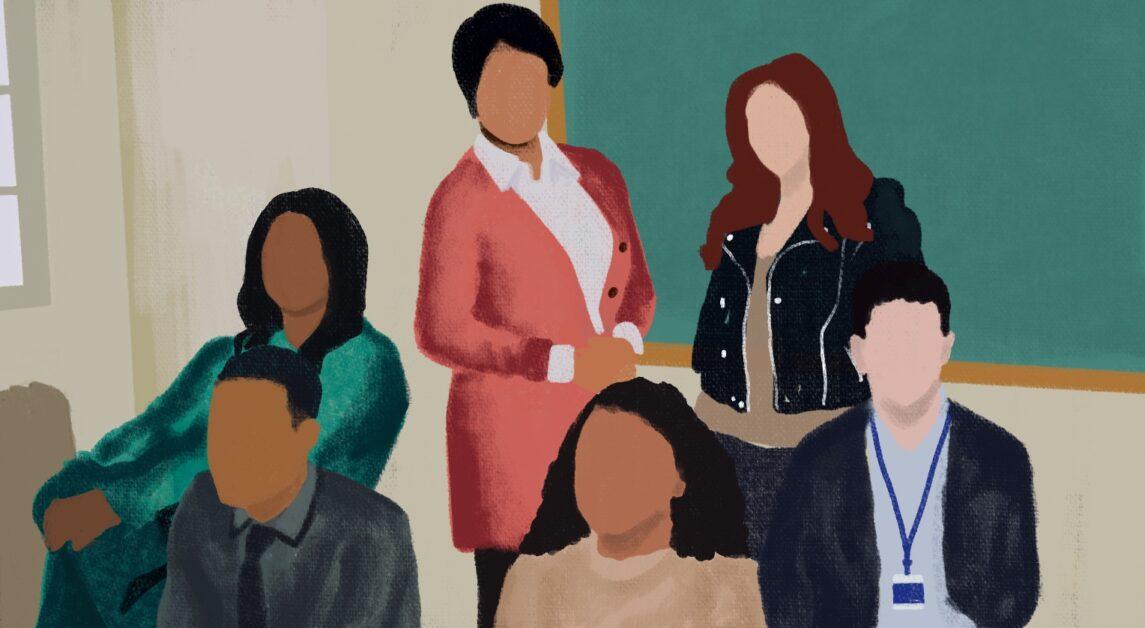
Arrested Development Season Five (Part One) returned last Tuesday after a five-year hiatus, a break so long that it feels like Netflix just revived its revival. In stark contrast to Season Four’s interconnected—and oftentimes overwhelming—15 episodes, each of which focused on a single member of the Bluth family, this season tried its best to bring the band back together.
Both the Bluths and the actors who portray them were spread far and wide in the years after the show’s original run ended in 2006, leaving a tall task for the producers both on- and off-camera.
Unfortunately, the weaknesses of the fourth season bleed into the early episodes of its successor, resulting in an unsettling sense of inertia as the viewers spend more time on where the characters have been than on where they might go. Even after the family reconvenes, the plot is slowed down by constant flashbacks, in defiance of the slow-burn comedic beats Arrested Development loves to hit.
Like Season Four, the Bluths often act more like colliding plots rather than a family that develops each other. GOB (Will Arnett), George Sr. (Jeffrey Tambor), and Tobias (David Cross) seem to pop in, segue to a flashback or reference that could have simply served as an earlier scene, and then continue on their merry way. The exceptions are Michael (Jason Bateman), Maeby (Alia Shawkat), and Lucille (Jessica Walter), who develop arcs in the background as they interact with their relatives. Those connections provided the heart and soul of Seasons One through Three, which relied very little on an overarching plot.
It’s also never a good sign when a show makes its viewers Google the whereabouts of several of its stars. Lindsay (Portia de Rossi) is edited into group scenes and then bizarrely written out, despite her logical place at the center of many of the season-long arcs such as the wall, the campaign, and Lucille 2’s disappearance. Others, like Buster (Tony Hale) and Tobias, are simply given very little to do in the middle episodes.
https://www.youtube.com/watch?v=gXg2_yExgVY
Most of these problems can simply be traced back to the format of the season. When viewed as a whole, the separate storylines might develop some synergy with each other or at least die off and permit the character interactions to drive the show. For now, this season has one foot in Season Four, with separate and somewhat connected threads, and one foot out, which results in a jumbled mess of a central plot (Do they want the wall or not? Does anyone focus on Lindsay’s campaign? What about Lucille 2?) without any clear balance.
The original premise of Arrested Development—a loyal son struggling to clean up his father’s unfinished business in the Middle East—lent itself to clever political jabs at the Bush presidency without ever explicitly acknowledging the parallels. Perhaps that’s why the writers’ choice to not only directly incorporate Donald Trump and his wall into the show, but also have characters acknowledge him, feels indicative of the whole season: not entirely unfunny, but such a missed opportunity, especially given that the Bluths’ wall started back in 2013.
All in all, the successful final episodes of these initial eight offer a glimmer of hope for the next half of the season, which will in all likelihood be the last we see of the Bluth family. For a long time, it seemed that the set of Arrested Development had dodged the sexual harassment allegations that surfaced while Tambor starred on Amazon’s Transparent. Nevertheless, Walter later revealed during a cast interview with The New York Times that her co-star had severely verbally harassed her, which prompted her male castmates to explain away his behavior (Hale and Bateman have since apologized). Even if the next episodes strengthen Season Five, the stars’ busy schedules and the increased scrutiny towards toxic male behavior in Hollywood make a sixth season seem less and less likely.
Featured Image by Netflix


